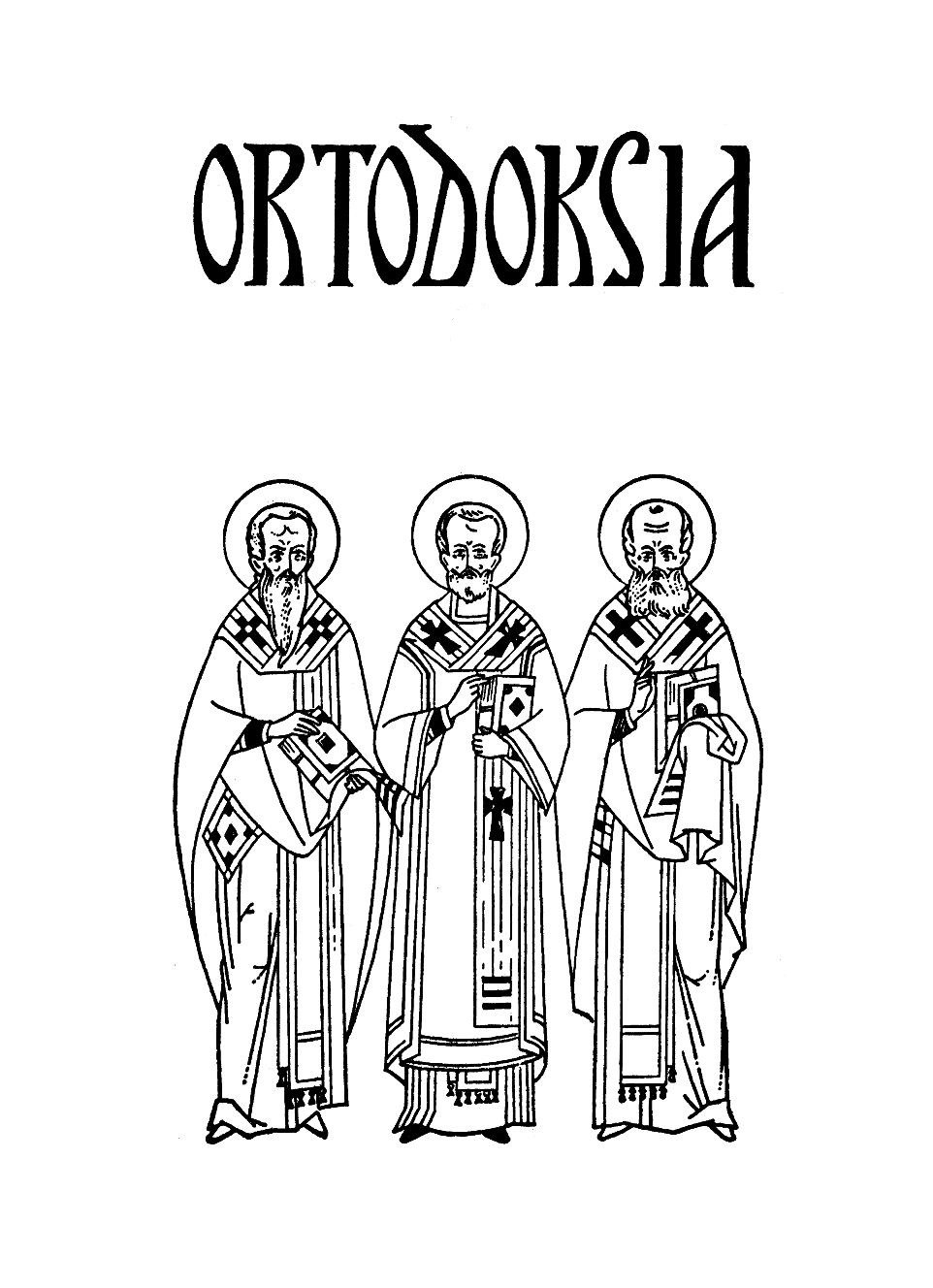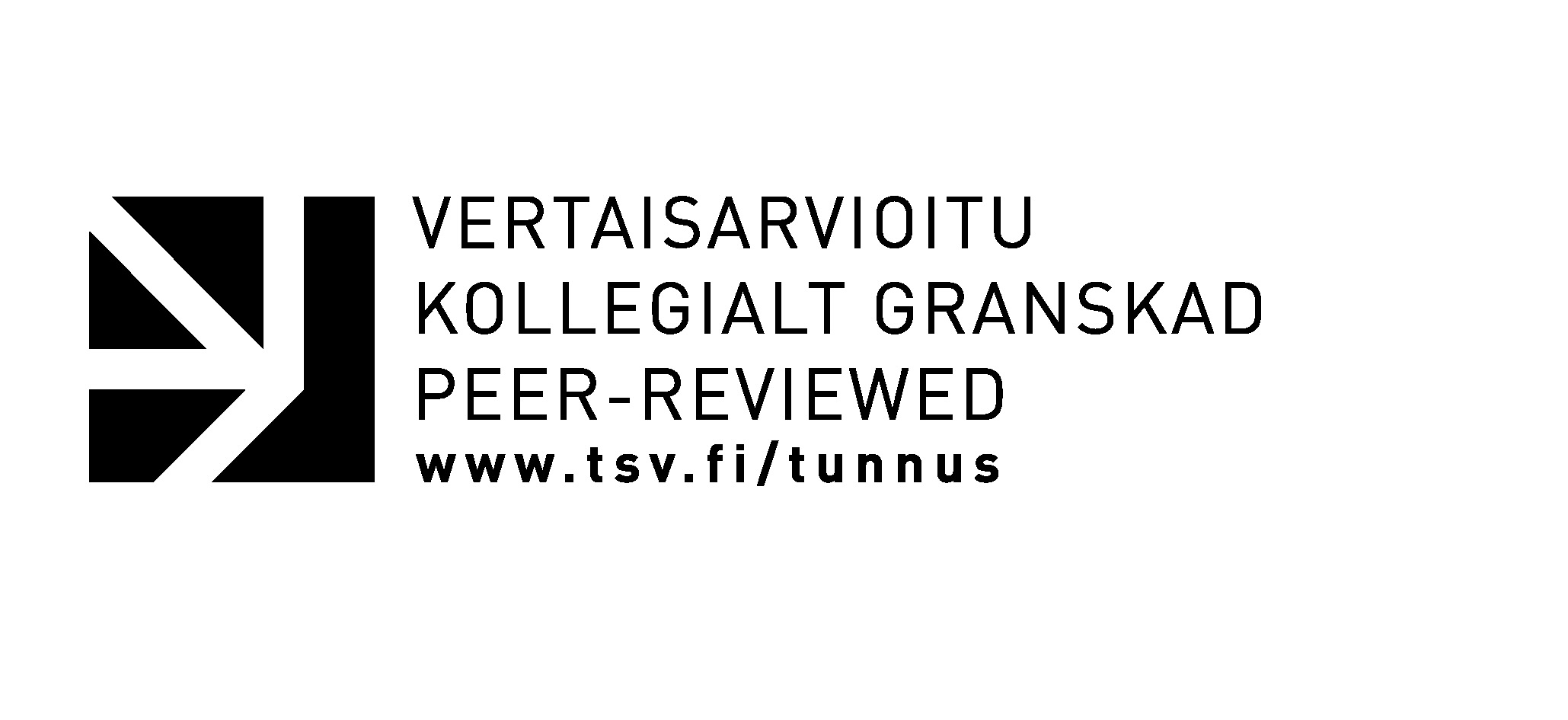Venäjän ortodoksinen kirkko – enemmistön kirkko
Abstrakti
This article examines dynamics between the Russian Orthodox Church (ROC) and Russian society. Opinion polls indicate that almost half of the Russians backs up the role of ROC as the spiritual support and the connecting element of the society. In 2013, only 11% of people thought that the church should not be involved in politics at all. These numbers show that ROC has regained an active status in the social sphere.
Ecclesiasticism and approval of positions of the leadership of ROC correlate with each other, even though the degree of correlation of ideological positions with ecclesiasticism is reduced in the 2000s. ROC sees herself as the cornerstone of the Russian civilization and majority of Russians consider ROC as an extension of the State. In practice, the rights of ROC are in many ways linked to the preferences of individual officials. Opportunity to influence the life of the church by the officials is, however, limited.
The ideological project of ROC can be characterized as the nationalism of Russian civilization. According to this ideology, the Orthodox civilization contrasts with the Western secular civilization, ROC comprising the heart of the Orthodox civilization. In accordance with this doctrine, ROC is opposed to modernization and liberal secularism, both at national and global levels.
After the presidential election in 2011, Patriarch Kirill chose for to side with those in power. President Medvedev’s era legitimized the process of restoring the Church the property previously belonged to her. At the same time the concept of “traditional religions”, created by ROC, changed from rhetoric to an actual right. The rulers adopted the a itude that ROC supports them, and this policy remained after the return of Putin as president. As a result, since ROC is an ally of those in power, its ideas are protected from the attacks of the opposition.
The policy of Patriarch Kirill has helped to reduce the gap between the church and the majority of the people, at least those belonging to the society’s conservative majority. At the same time, the idea of ”the Church of the majority” became politically significant. So far there is no information on how e ective Kirill’s policy is within the church. If the political polarization of society reduces in the future and the Church continues to expand its area in the society, this may lead to increasing the modernization of ROC. Alternatively, if the political system is getting increasingly tight, the rulers of ROC will continue underpinning the political leaders and consolidate the current ideological program of the church. This might lead to serious internal crisis within the church.



